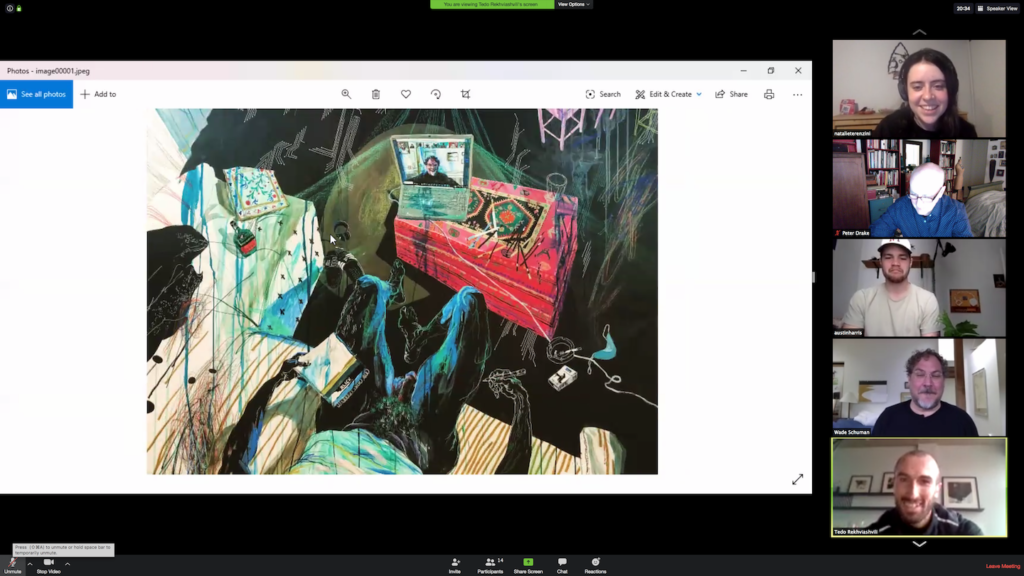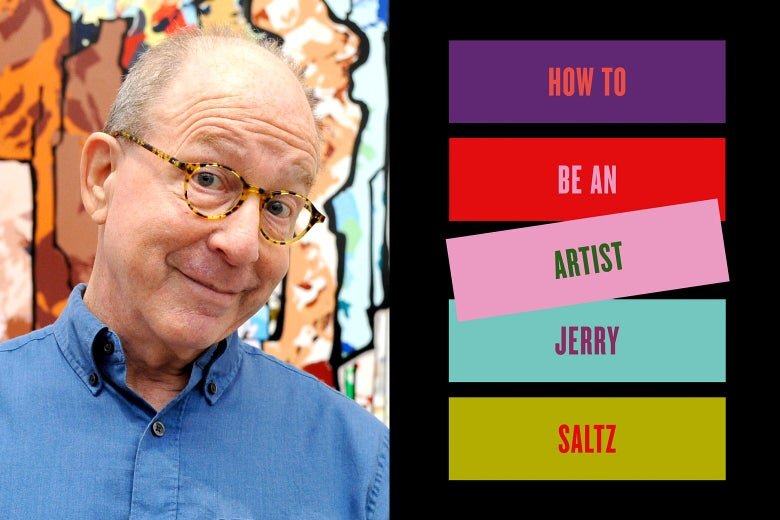Watching the art world react while the global pandemic grows has been a fascinating part of my daily Internet information diet and I am looking forward to picking back up and continuing my weekly round-up to bring those media items and share relevant links and information that have caught my eye. Looking back now, it seems years ago, but the first few weeks in mid-March, when New York was finally responding to the growing crisis, I watched intently as I was weighing the decision to travel there and complete some long-awaited research at MoMA and look at potential accommodations for the planned 2021 summer field school to NYC and Venice (a trip that is quite obviously now very much up in the air). My plan was to get in and get out of the city in under a week, but as we now know, the full extent of the exposure was only becoming fully apparent. Twenty-four hours before I was to leave, I finally got word that the Met was closing, and then finally, MoMA too. Within a week, all of the major world’s arts museums appeared to close, and soon thereafter, the galleries, private and public, followed their lead.
Banksy posted this image of his bathroom transformed during quarantine on Instagram this past week with the caption, “My wife hates it when I work from home.”
The question of the art world’s “essential” nature has therefore been a big part of the ongoing conversation since that very dramatic week of shut-down. Anxiety and fear around what will happen to the public spaces that facilitate the exposure of new and existing audiences to the visual arts is real and palpable. Clearly, art is not generally regarded as a must-have necessity during times of war and global emergency, but it has been the art world that has quickly stepped in to open its virtual doors and offer some measure of pleasure, comfort, amusement, criticality, and education to the confined masses. Take Banksy’s fantastic response to being quarantined at home— a post that went viral within hours of being posted! Many of my links this week explore this dynamic, beginning with the way the #betweenartandquarantine Instagram challenge (started by the Met, and one that I finally contributed to this week—see photo above) sparked creativity and challenged audiences old and new to carefully look at and recreate great works of art through whatever means at their disposal.
Other links examining notions of productivity (particularly in my world of academia) and how to navigate rites of passage online, like the art school year-end critique and other important aspects of art education have been eye-opening and yield many creative approaches. Many artists, art critics, curators, and others have also been writing with great passion about how to remain creative at such a difficult time, and I have included a few links on this topic as well. Finally, I have been starting to review a number of new podcasts and films on the topic of art and the art world that have appeared in recent weeks. Two that I am drawing attention to this week are a podcast discussing how photographic practices are already changing with the pandemic, and the release of the much anticipated film about the largest art fraud in the USA (involving lots of very good Rothko, Motherwell, and Pollock fakes)-- Made You Look: A True Story About Fake Art. There is so much great content out there right now, and I am only offering a small portion of what I am finding. To see more, check out my Flipboard of collected links here and enjoy!










Adapting to Disaster: Research Productivity in Disaster Conditions
Yayoi Kusama orders coronavirus to 'Disappear from this earth' in a new poem
The Art Angle Podcast: How Photography Is Being Revolutionized in the Coronavirus Era (PODCAST)
Can You Get Your Art Critiqued on Zoom? New York Art Students Are Finding Out
How Do You Make Art During a Pandemic? Jerry Saltz Has a Few Suggestions.
Jean-Phillipe Delhomme on Artistic Self-Promotion, From the 19th C Salon to Instagram
Made You Look: A True Story About Fake Art (STREAMING FILM)


